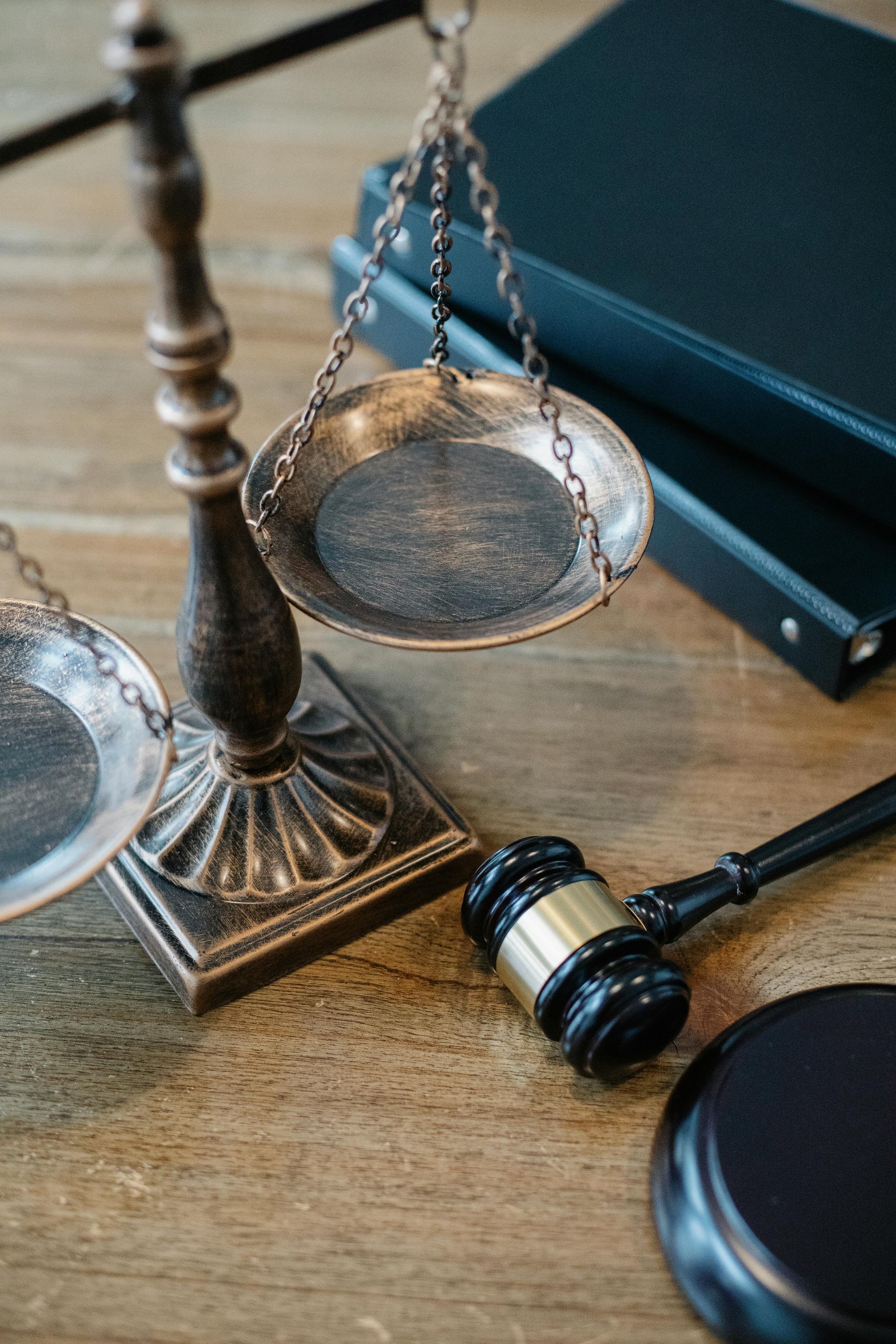We Found the Missing Layer AI Has Been Waiting For
In every era of innovation, there’s a silent bottleneck—something obvious in hindsight, but elusive until the moment it clicks.
In today’s AI-driven world, that bottleneck is clear:
AI has speed.
It has scale.
But it doesn’t have judgment.
It doesn’t really think.
What’s Actually Missing From AI?
When experts talk about the “thinking and judgment layer” as the next leap for AI, they’re calling out a hard truth:
Modern AI systems are powerful pattern machines. But they’re missing the human layer—the one that reasons, weighs tradeoffs, and makes strategic decisions in context.
Let’s break that down:
1. The Thinking Layer = Reasoning with Purpose
This layer doesn’t just process inputs—it structures logic.
It’s the ability to:
- Ask the right questions before acting
- Break down complexity into solvable parts
- Adjust direction mid-course when reality changes
- Think beyond “what was asked” to uncover “what really matters”
Today’s AI responds.
But it rarely reflects.
Unless told exactly what to do, it won’t work through problems the way a strategist or operator would.
2. The Judgment Layer = Decision-Making in the Gray
Judgment is the ability to:
- Prioritize what matters most
- Choose between imperfect options
- Make decisions when there’s no clear answer
- Apply values, experience, and vision—not just data
It’s why a founder might not pursue a lucrative deal.
Why a marketer might ignore the click-through rate.
Why a strategist knows when the timing isn’t right.
AI doesn’t do this well. Not yet.
Because judgment requires more than data—it requires discernment.
Why This Is the Bottleneck Holding Back AI
AI can write.
It can summarize.
It can automate.
But it still can’t:
- Diagnose the real problem behind the question
- Evaluate tradeoffs like a founder or operator would
- Recommend a path based on context, constraints, and conviction
AI today is still reactive.
It follows instructions.
But it doesn’t lead.
It doesn’t guide.
It doesn’t own the outcome.
And for those building serious systems—whether you’re running a company, launching a platform, or leading a team—this is the wall you eventually hit.
That’s Why We Built Thinking OS™
We stopped waiting for AI to learn judgment on its own.
Instead, we created a system that embeds it—by design.
Thinking OS™ is an installable decision layer that captures how top founders, strategists, and operators think…
…and makes that thinking repeatable, scalable, and usable inside teams, tools, and platforms.
It’s not a framework.
It’s not a chatbot.
It’s not another playbook.
It’s the layer that knows how to:
- Think through complex decisions
- Apply judgment when rules don’t help
- Guide others—human or AI—toward strategic outcomes
This Is the Missing Infrastructure
Thinking OS™ isn’t just about better answers.
It’s about better thinking—made operational.
And that’s what’s been missing in AI, consulting, leadership development, and platform design.
If you’re trying to scale expertise, install judgment, or move from tactical to strategic…
You don’t need a faster AI.
You need a thinking layer that knows what to do—and why.
We built it.









